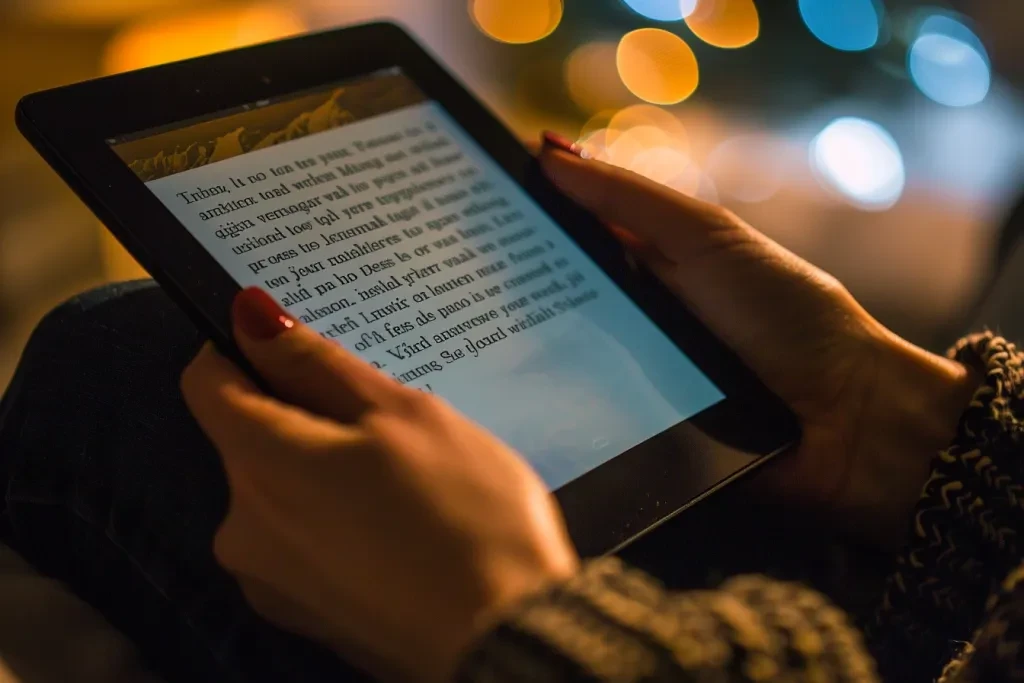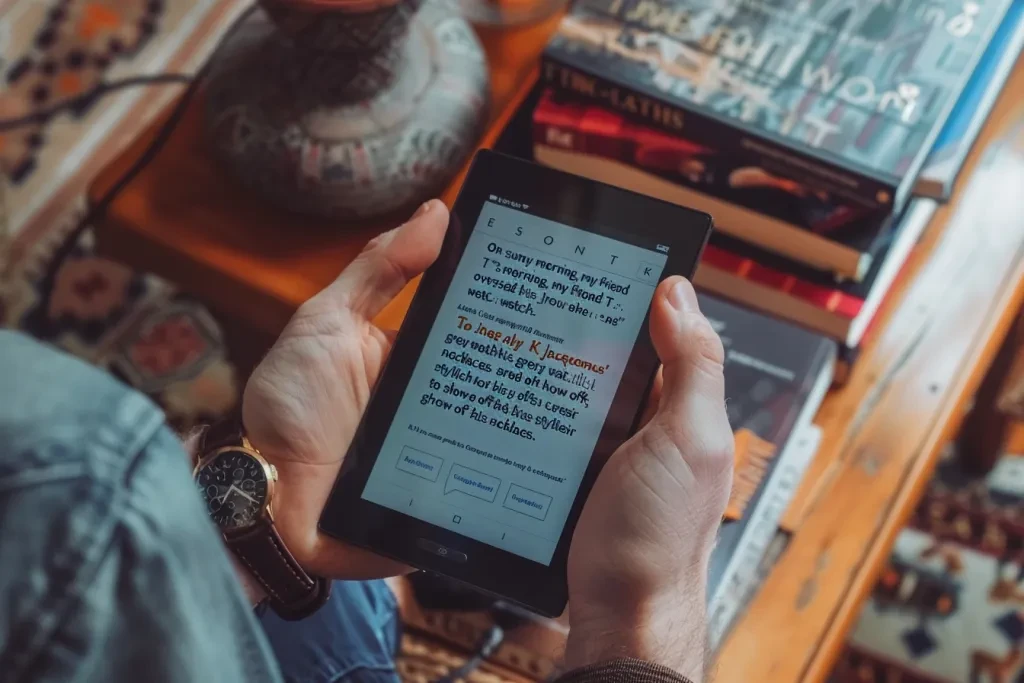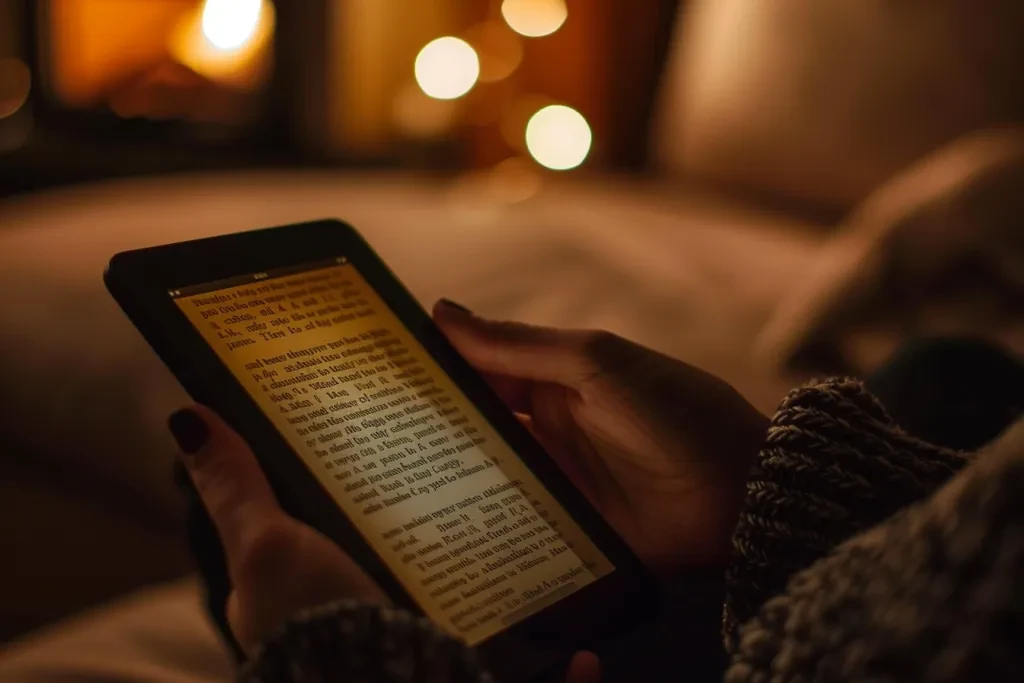For a book enthusiast in this era where technology remains the ruler on every aspect, the e-reader represents one of a kind hope in the world. An e-reader enables one to carry as many books as they want at a particular moment, wherever they go without any inconvenience. This article tends to analyze e-readers, how they work, their positive and negative sides and also comes with tips to help you efficiently choose and use them.
Table of Contents:
– What is an e-reader?
– How does an e-reader work?
– Benefits and drawbacks of e-readers
– How to choose an e-reader
– How to use an e-reader
What is an e-reader?

An e-reader, also sometimes called an ‘electronic book reader’ or an ‘e-book reader’, is a portable device that’s intended only for reading digital books and periodicals. Unlike tablets and smartphones, most e-readers don’t have backlit screens. Instead, they have electronic ink, which makes the content look similar to printed paper. This is a specialised device that’s dedicated to reading and gives readers the experience of traditional books but with the ease of digital novels.
E-readers are designed to maximize the potential of the reading experience. By default, they are designed with features such as adjustable font sizes, built-in dictionaries and even note-taking tools that make them a go-to device for reading. A single form factor designed specifically for the purpose of bringing literature to readers makes for a device that is optimised for sustained reading. The interfaces of such devices are usually designed to minimise distractions.
Over a prolonged period, various enhancements have taken place: e-readers have evolved into devices that go well beyond the function of a digital book display. Many of them are now equipped with waterproof designs, audiobook integration, and adaptive front lights which adjust to changing ambient lighting. These enhancements have turned the e-reader into an essential gadget for book lovers who are looking for a digital reading solution.
How does an e-reader work?

Behind most e-readers is electronic paper technology, also called e-ink, which uses millions of minuscule microcapsules filled with positively and negatively charged particles suspended in clear liquid. Applying an electric field to the paper sends the particles to the outside lenses: they form patterns, which form words and images. There’s no light emitted from the e-reader, which is why reading on one is akin to reading print material.
Consumers of e-readers can appreciate that the devices are engineered to be frugal with their energy: in most e-reader models, the e-ink screen draws power only at the time the page is turned. The screens of modern smartphones and tablets, which are based on LCD and OLED technology, on the other hand, consume energy even when they aren’t actively being used. As a result, while smartphones generally have battery life measured in days, and e-reader screens can last for two to three weeks on a single charge.
E-readers do not just read, they also connect: they are equipped with wireless access that allows the reader to browse, purchase and download texts directly to the device, from seemingly limitless online libraries. The e-reader holds an ever expanding library within itself, in a device that the reader can hold in one hand.
Benefits and drawbacks of e-readers

E-readers have numerous advantages, for example their portability: to be able to have thousands of books to read with you everywhere, in a device that weighs less than a paperback, is already a great advantage for book lovers. The second advantage of e-readers is that of the eye care. Unlike Microsoft Word, e-ink minimises eye strain as it is easier on our eyes, which allows for prolonged reading.
But e-readers are not all benefit: the monochrome display of the majority of e-ink devices means that they are ill-suited to colour-dominated publications such as magazines and comics. Also, the initial cost of an e-reader acquiring one, not to mention the extra cost involved in purchasing digital books.
A third part concerns the haptic. For some readers, the tactile experience of turning pages combined with a book’s smell is an essential part of reading that an e-reader can never match. Perhaps, more than any of these factors, we tend to carry an uncritical sense of obligation to books and the printed word, something that digital technology hasn’t yet managed to dislodge.
How to choose an e-reader

There are lots of different features to consider when choosing an e-reader, such as your reading habits and preferences, as well as the level of functionality you’re going for and your budget. Screen size is a major consideration: if you want to read books, newspapers and magazines, or manage personal documents in PDF form, a bigger screen (such as a 6-inch version) will be more comfortable to use. Portability is another important factor; smaller models are often more practical to carry around with you. The screen resolution is also important. The higher the resolution, the sharper the image of both text and pictures will be.
Battery life is another consideration – while the battery life of most e-readers is good, there are differences, and the battery you require will depend on the way you read; and connectivity, whether Wi-Fi or cellular data, is also important for people who want to download books wherever they are.
Last but not the least, look into the ecosystem and content. Some of the e-readers come with a proprietary digital store tied to the device. It is important to look into the content availability before you purchase a device. Check what kind of books, magazines and other material are available in the digital store. This will help you avoid any disappointment after you pay for the device.
How to use an e-reader

It’s easy to use an e-reader: the user interface is simple and most don’t go beyond that. To use your e-reader, you first need to set it up – usually by connecting it to a Wi-Fi network and inputting your credentials – and then you’re automatically logged in to your account on that particular ecosystem, you can browse, buy and download books in that store directly to the device.
The ability to customise the experience of reading – through adjustments of font type and size, background lighting and so on – is one of the biggest advantages of an e-reader. Some might argue that the utility of e-readers as instruments of reading is served by the bookmarks, notes and highlights features that most ereaders have.
It took quite a bit of time for me, as a new e-reader user, to get comfortable with the features and options, and to figure out how to set the firmware to my personal preference. However, the more I played around with the settings and options, the more I would figure out which ones worked for me and which ones did not. Over time, I settled upon settings that gave me the most comfortable and effective reading experience.
Conclusion
E-readers are reshaping the way we read books, as they offer a light, portable, customisable and comfortable reading experience. The feeling of touch alone might not yet be enough to convince those who adore the physicality of a real book, but in terms of the quest for easy, accessible, comfortable and inexpensive reading material, the e-reader could well become an indispensable tool for the book lover. Knowing more about how e-readers work, what they offer and what they lack, and how to pick and use them can make the experience a whole lot better.




